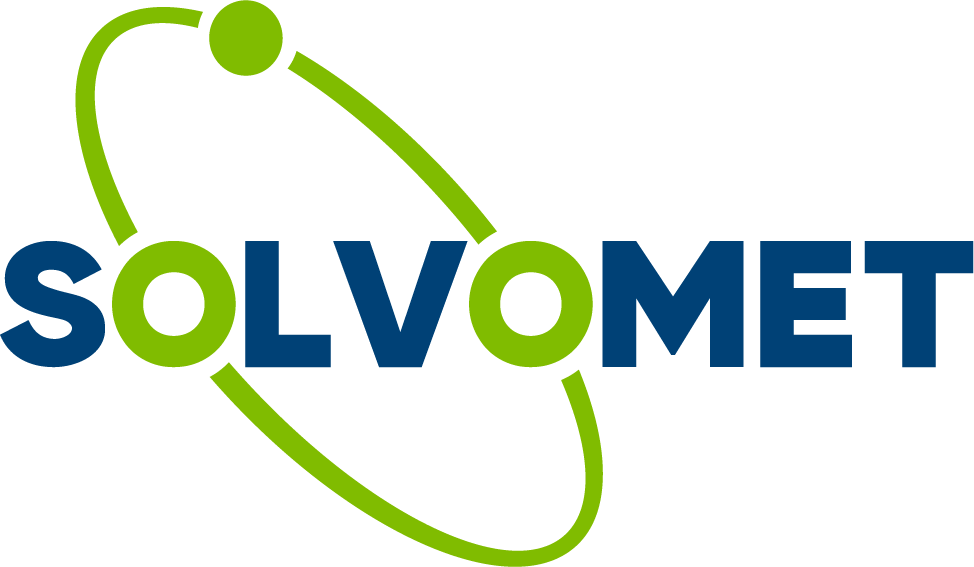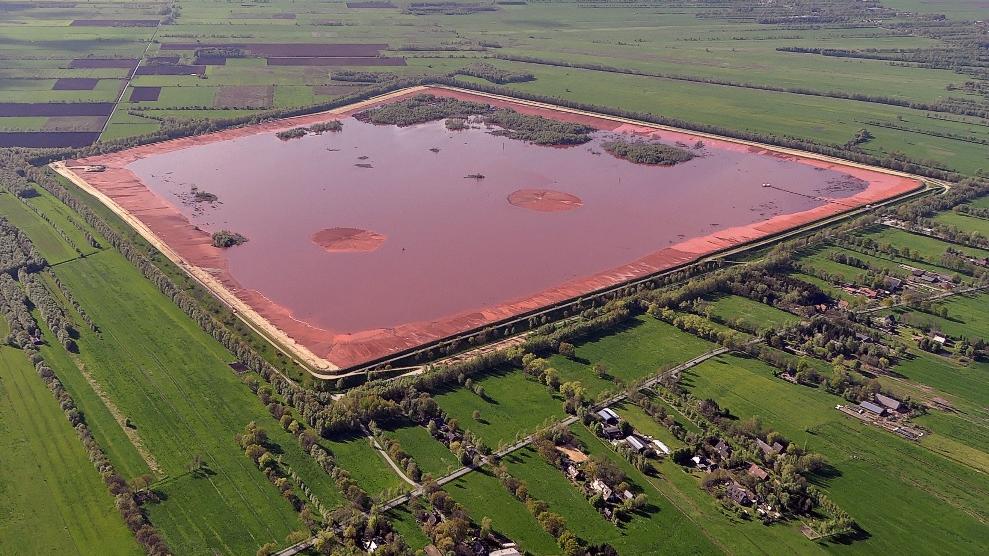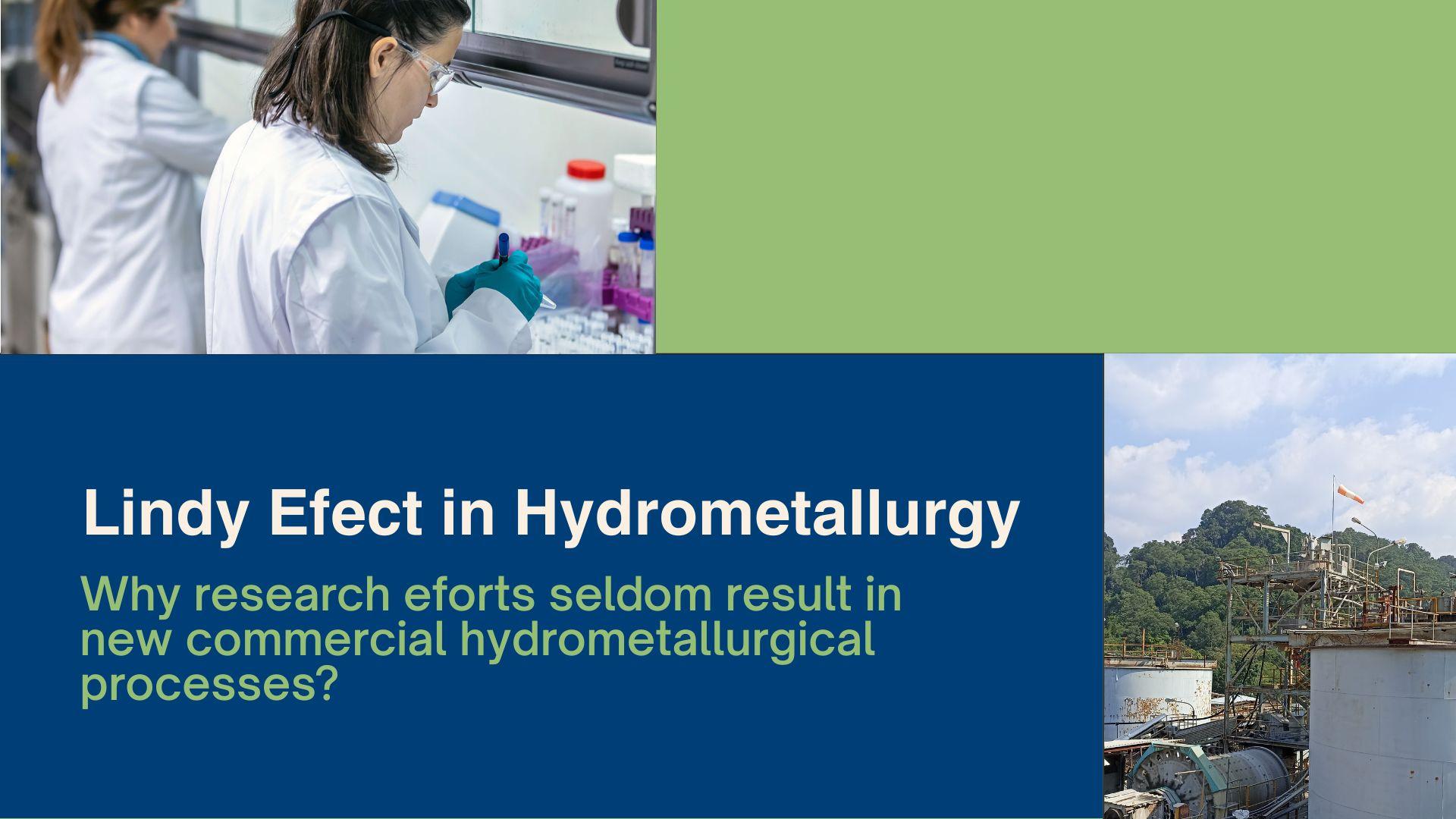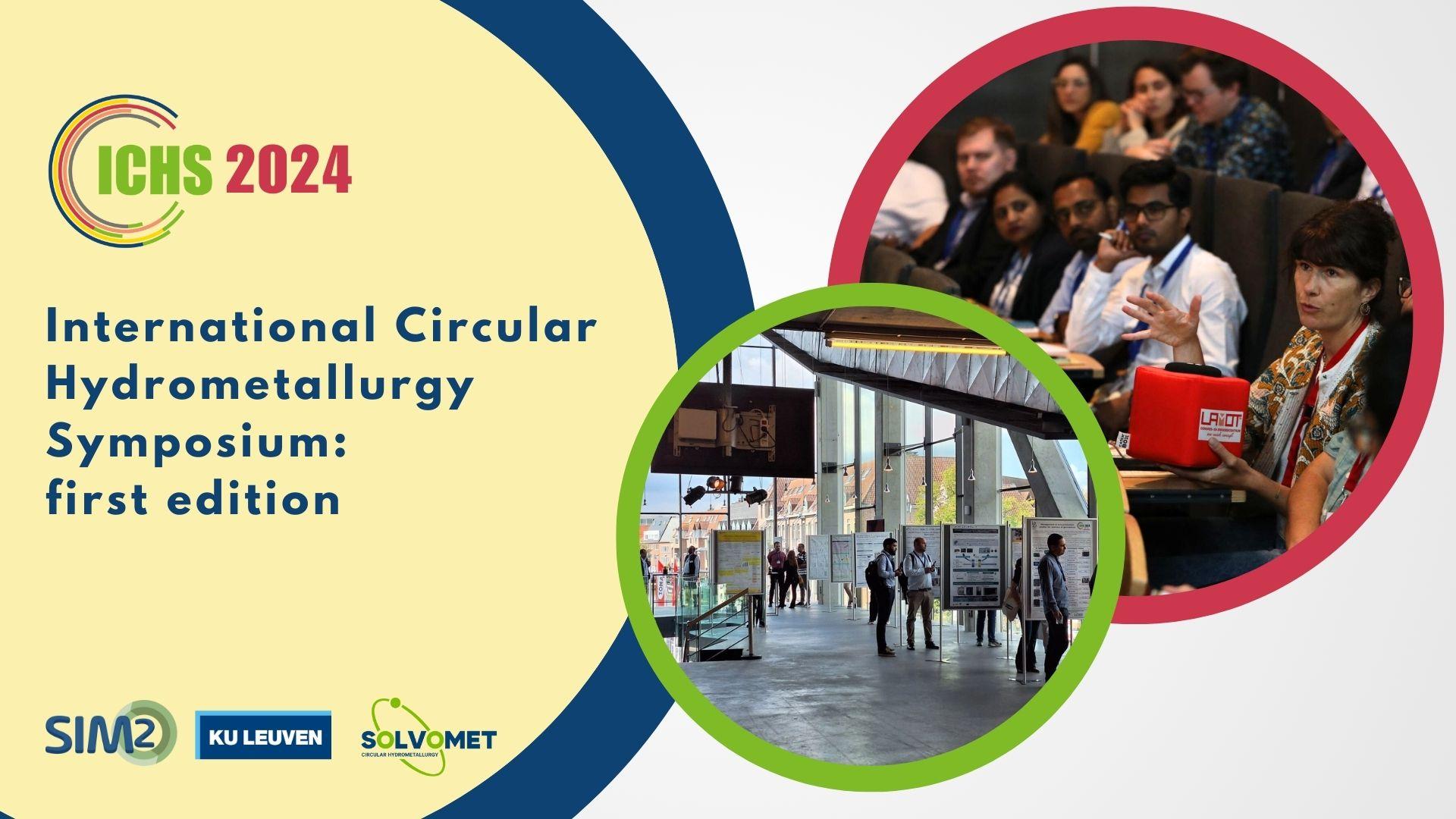Recently, the EC’s Joint Research Centre (in Ispra) has published a milestone report on the recovery of cricial (and other) raw materials (CRMs) from mining waste and landfills. The report builds on the conclusions that were obtained during two multi-stakeholder workshops in Brussels on May 16th, 2018: “Re-Mining of Mining Waste” and “Enhanced Landfill Mining”. SIM² KU Leuven and EURELCO researchers actively participated in these workshops through several presentations and provided key input about lessons learnt and best practices. The JRC report is intended to help Member States implement the proposed provisions on CRMs, especially CRMs contained in extractive waste and landfills. Here below SIM² KU Leuven & EURELCO coordinator Peter Tom Jones presents and briefly discusses the key conclusions of the report.
Policy context of the report
In its Circular Economy Action Plan (COM/2015/614) the EC identified a number of measures “to facilitate the transition towards a circular economy”. Of key importance are the so-called “Critical Raw Materials” (CRMs), which are materials with high economic importance to the EU and a high supply risk. A key question to address is: to which extent can secondary critical raw materials be recovered from Europe’s extractive waste and (more than 500,000) landfills?
The new JRC report, therefore, aims to share existing practices of recovery of critical and other raw materials from these sources, consequently delivering on the Action 39 of the Circular Economy Action Plan. As such, the JRC report is intended to help Member States in the implementation of the proposed provisions on CRMs, with special attention for CRMs contained in extractive waste and landfills.
CRM recovery from mining waste and landfills: not a common practice (yet)
One of the key conclusions of the JRC report is “that recovery of critical and other raw materials from landfills and extractive waste is not at this stage a widely diffused practise in the EU”, as was also documented in presentations by both EURELCO (Jones, 2018) and SOLVOMET KU Leuven (Roosen, 2018) during the EIP Raw Materials workshops on May 16, 2018.*
Nevertheless, the report concludes that “there are some notable examples which not only demonstrate the potential but also the availability of technologies and the existence of a highly innovative sector.”
Extractive waste versus landfills
The report makes a hard hitting comparison between the state of play with respect to the valorisation of, respectively, extractive (mining) waste (tailing ponds & tailings storage facilities) versus more traditional landfills (with Municipal Solid Waste and/or industrial waste). The authors conclude: “recovery from extractive and industrial waste seems to be more advanced, and has a remarkably high potential to contribute to a sustainable and secure supply whereas Enhanced Landfill Mining seems to be less developed and a less promising area as far as CRMs and related raw materials are concerned.”
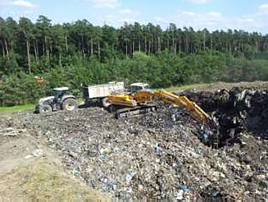 This message was also corroborated by the EURELCO presentation in which it was clearly indicated that, in particular, small Municipal Solid Waste landfills – which represent by far the highest share of landfills in Europe – are not relevant as regards critical raw materials, as the concentrations of CRMs are far too low. The motivation to initiate Enhanced Landfill Mining (ELFM) project is situated elsewhere, as documented by several Policy Briefs of the EURELCO network (e.g. 5 Lessons learned from 2nd ELFM European Parliament Seminar; Why ELFM needs to be politically acknowledged in Europe).
This message was also corroborated by the EURELCO presentation in which it was clearly indicated that, in particular, small Municipal Solid Waste landfills – which represent by far the highest share of landfills in Europe – are not relevant as regards critical raw materials, as the concentrations of CRMs are far too low. The motivation to initiate Enhanced Landfill Mining (ELFM) project is situated elsewhere, as documented by several Policy Briefs of the EURELCO network (e.g. 5 Lessons learned from 2nd ELFM European Parliament Seminar; Why ELFM needs to be politically acknowledged in Europe).
“Product-centric", (near-)zero-waste approach is key
A key finding from the report is that “the recovery process cannot regard a specific material alone (especially if present in low concentration), but most of the available resources must be valorised. Base metals, minor metals, and (most) of the rock matrix as industrial minerals and/or aggregates need to be recovered and valorised in order to make the process economically viable and resource efficient.”
This is a conclusion, which has also been used as a starting point for a number of EU projects in which SIM² KU Leuven has been the leading or core contributing partner: e.g. ETN REDMUD, ETN SOCRATES, ETN SULTAN, RIA METGROW and IA NEMO. In these projects the target has always been to strive for (nea-)zero-waste valorisation approaches for a plethora of metallurgical slags, industrial residues and mining tailings.
In a different context, Prof Markus Reuter (HZDR, TU BAF) has made a strong case for promoting a “product-centric” (recycling/recovery) approach, rather than an outdated “metal-centric”, one-metal-only-approach. When considering low-grade resources, which contain only low concentrations of CRMs, this “product-centric” approach is crucial, as also presented by SIM² KU Leuven (alumni) Dr. Joris Roosen in his lecture “Towards a zero-waste valorisation approach for secondary resources: challenges and opportunities” (Cardiff, February 21, 2018)
Better data are needed
Another key concusion of the report is that “cooperation with other EU initiatives and valorisation of the existing databases on Secondary Raw Materials (SRM) could certainly support the consolidation of the necessary knowledge base to boost its recovery at EU level. This suggests that systematic and adequately funded campaigns for field sampling and data collection might be a highly recommended necessary step.”
This conclusion can be backed up by the preliminary mapping work that has been performed by the EURELCO network, with respect to Europe’s 500,000+ landfills.
Full reference report
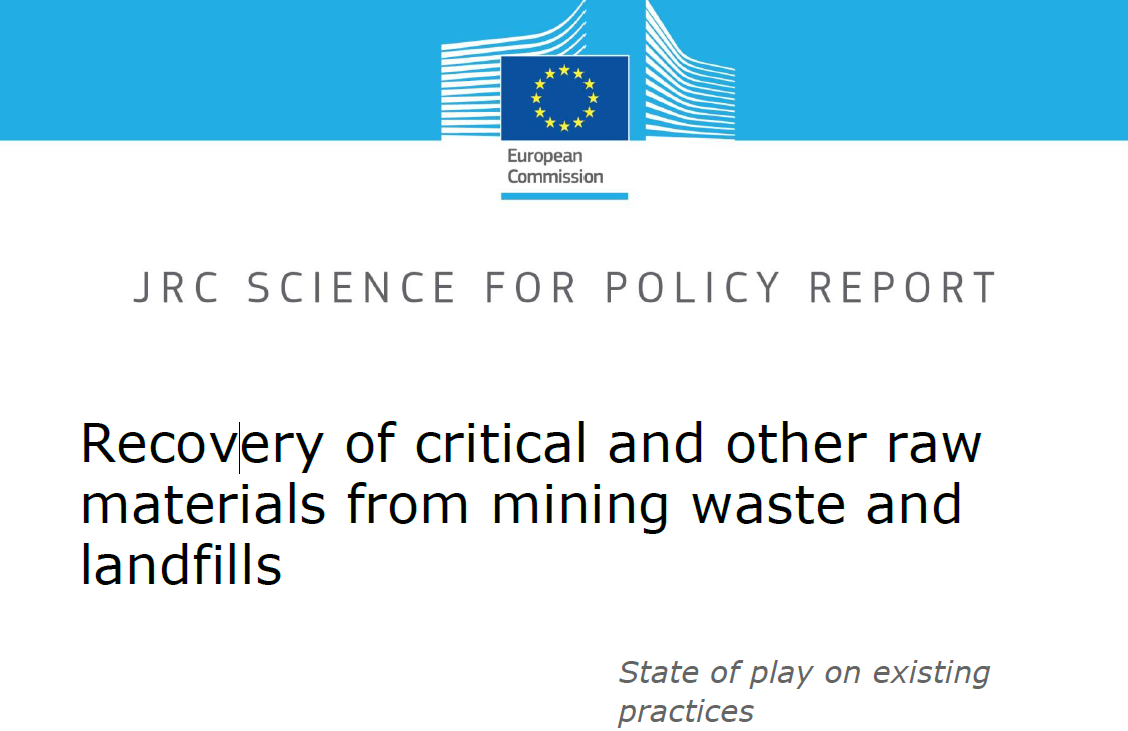
Abstract report
The full report, 129 pages in total, can be freely downloaded from the following European Commission’s webpage. The full abstract of the report is reproduced here:
The transition to a more circular economy is essential to develop a sustainable, low carbon, resource efficient, and competitive economy in the EU. In such a context, Critical Raw Materials (CRMs) are those with a particularly high importance to the EU economy and, at the same time, with a high risk of supply disruptions. First and foremost, improving the circular use of CRMs is a key strategy in improving the security of supply and not surprisingly is an objective of various policies. This report delivers on action #39 of the Circular Economy Action Plan: "Sharing of best practice for the recovery of critical raw materials from mining waste and landfills". It builds on discussions held during two 2018 workshops and gathers together six examples of existing practices for the recovery of critical, precious, and other materials from extractive waste and landfills, highlighting technological innovations and contributions to a more comprehensive knowledge-base on raw materials.
The report also provides various estimates of potential recovery of certain materials compared to their current demand. Lessons learnt from the practices include awareness that it is very unlikely that recovery processes can target one or just a few specific materials of great interest and disregard other elements or bulk matrixes. Especially in case of very low concentrations, most of the mineral resources and other bulk materials in which they are embedded must be valorised in order to increase economic viability and minimise waste disposal. As recovery processes can be very energy intensive, environmental and land use related aspects are also particularly relevant in that environmental gains may also occur and, moreover, land space can be liberated and reused for new purposes and services. Finally, availability of data and information on secondary materials as well as a harmonised legislative framework within the EU appear to be crucial for the large-scale deployment of recovery practices.
*Presentations May 16, 2018
- Peter Tom Jones (SIM² KU Leuven & EURELCO), “From static end stations of waste to dynamic resource stocks: Barriers and opportunities for Enhanced Landfill Mining”
- Joris Roosen (SOLVOMET KU Leuven), “Techniques for mining and (re)processing developments and challenges”
Credits featured image
Wikipedia Commons, Ra Boe [Red mud dump close to Stade (Germany)]

